What is Cubital Tunnel Syndrome
Cubital Tunnel Syndrome is a condition caused by increased pressure on the ulnar nerve at the elbow. The ulnar nerve passes under a bump of bone on the inner portion of the elbow (medial epicondyle). This site is commonly called the “funny bone”. At this site, the ulnar nerve runs in a tunnel under a tight band of tissue, and lies directly next to the bone, so it is susceptible to pressure.
Cubital Tunnel Syndrome - Ulnar Nerve compression at the Elbow
Symptoms are often felt when the elbow is held in a bent position for a period of time, such as when holding the phone, or while sleeping, or after repetitive bending and straightening. When the pressure on the nerve becomes great enough to disturb the way the nerve works, then numbness, tingling, and pain may be felt in the elbow, forearm, hand, and/or fingers (usually the ring and little fingers). Some patients may notice weakness while pinching, occasional clumsiness, and/or a tendency to drop things. In severe cases, sensation may be lost and the muscles in the hand may lose bulk and strength.
Surgical treatments for severe cubital tunnel syndrome traditionally required long recovery times, and minimally invasive approaches have been investigated.
Endoscopic Peripheral Nerve Decompression workshop
Dr. Jonathan Y. Lee had participated in the Endoscopic Peripheral Nerve Decompression workshop, held on 11th March 2011, at the Advanced Surgery Training Centre, National University Hospital Singapore, organised by the Hand Surgery Department NUH and Karl Storz Endoskope.
Focusing primarily on Endoscopic Cubital Tunnel Release for Cubital Tunnel Syndrome, visiting experts Dr. Reimer Hoffman and Dr. Peter E. Bleuler shared their rationale, basis and experience of this minimally invasive technique.
Dr. Hoffman has himself performed more than 700 cases of endoscopic release of the Ulnar nerve for Cubital Tunnel Syndrome, and was instrumental in developing and describing the technique.
Dr. Hoffman speaking on Endoscopic Cubital Tunnel Release and Dr. Bleuler teaching the practical sessions.
Utilising special illuminated speculum, and endoscope with an optical dissector, Dr. Hoffman describes the evolution of his idea, adapting plastic surgical endoscopic facelift instruments to peripheral nerve surgery. This technique is simple yet elegant, significantly reducing the length of the resulting scars, potentially reducing morbidity and recovery times, while still providing magnification and accurate visualisation of the ulnar nerve along its length, allowing safe decompression of the nerve over extended distances.
Dr. Hoffman describes Cubital Tunnel Syndrome as a multifocal compression neuropathy of the ulnar nerve, and espoused his personal philosophy and concept of ‘long distance decompression’ that he believes is the key to getting consistently good results in cubital tunnel surgery, regardless whether this is followed by other methods such as epicondylectomy or anterior transposition of the nerve.
Lectures by Dr. Hoffman on the anatomy of the ulnar nerve, pathology of ulnar nerve compression, surgical technique, results and clinical outcomes, was followed by Dr. Bleuler’s talk on technical tips and pearls to effectively and confidently perform the surgery, avoiding common pitfalls. Dr. Hoffman and Bleuler then went on to demonstrate their technique, both on video and on cadaver specimens, before personally mentoring the participants in practical cadaver surgery.
Drs. Aymeric Lim, Peter Bleuler, Jonathan Y. Lee, Reimer Hoffman, Peng Yong-Peng, Tan Ter-Chyan
In addition to Cubital Tunnel Release, Dr. Hoffman also demonstrated the potential for endoscopic approaches to DeQuervain’s release (1st dorsal extensor compartment), pronator tunnel decompression, medial epicondylitis debridement; and endoscopic sural nerve and great saphenous vein harvest.
Jonathan Y. Lee, who has been performing endoscopic carpal tunnel release surgery for carpal tunnel syndrome for many years, notes that endoscopic surgery can provide significant benefits in patient comfort and speed of recovery, while still providing safety and effective treatment of the condition. Dr. Lee sees great potential in the use of endoscopic techniques for other conditions, and cubital tunnel syndrome is indeed one area where there may be significant benefit, compared to traditional surgeries that took patients many weeks to recover from. “While we have to be selective and this technique may not be suitable for all patients with Cubital Tunnel Syndrome, it can offer significant benefits, reducing surgical morbidity when performed competently.” ” This will be an important addition to the available treatments for this difficult and painful condition.”
References:
Hoffmann R, Siemionow M. The endoscopic management of cubital tunnel syndrome. J Hand Surg [Br]. 2006 Feb; 31(1): 23-9. PMID: 16225971
Related Topics:


















